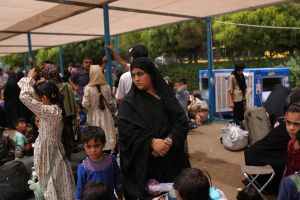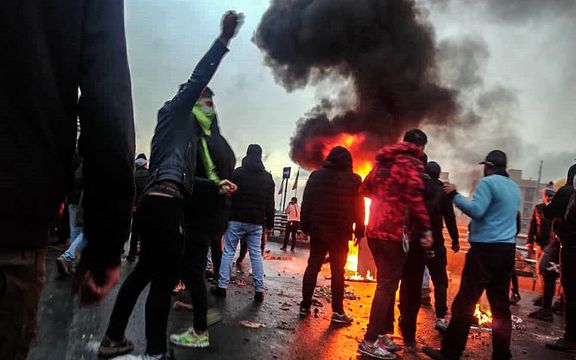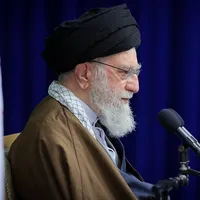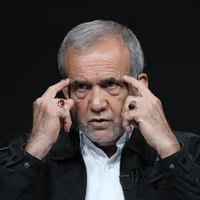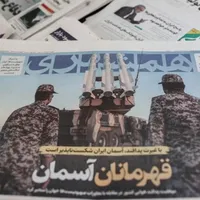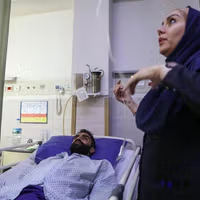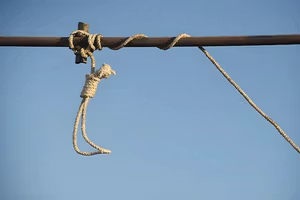The groups, ranging from teachers’ and oil workers’ councils to environmental and cultural associations, issued the statement in the days leading up to the third anniversary of Mahsa Amini’s death on September 16, which ignited months of nationwide unrest.
“The struggle will not stop,” the statement said, describing the protests as the product of “more than four decades of resistance.”
The groups called for three central demands: “an end to gender apartheid,guaranteed public welfare, and unconditional political, social and cultural freedoms.”
The signatories said the 2022 protests, which began after the 22-year-old Kurdish woman’s arrest by morality police for allegedly violating hijab rules and her consequent death, embodied wider grievances over poverty, corruption, repression and inequality.
“The uprising of Woman, Life, Freedom arose as a deeper cry against poverty, economic pressure, discrimination, repression and humiliation,” the statement read.
The groups cited a list of crises they said were rooted in “the authoritarian, discriminatory and despotic structure of political Islam.”
These included “a deep wealth gap, gender discrimination, concentration of power in the hands of a small ruling minority, systematic corruption, mass unemployment, structural poverty, forced migration, environmental destruction and organized repression.”
The statement also linked Iran’s foreign and security policies to domestic hardship. “The specter of war over society is constantly increasing, the result of warmongering policies, proxy forces and insistence on nuclear armament, which have drained people’s lives,” it said.
The organizations said protests over inflation, utility shortages, lifestyle restrictions, political prisoners and executions were all part of the same continuum of struggle.
“No reform from above can heal these wounds... The true force of this revolution is in the streets, in strikes, in the solidarity of workers, women, youth, teachers, retirees, students and marginalized groups,” they wrote.
They voiced demands for the release of political prisoners, an end to executions and for social justice. “We declare loudly: no power from above, no behind-the-scenes compromise and no imposed order has the right to decide for the people,” the statement said.
The anniversary comes as Canada-based activist Hamed Esmaeilion has called for rallies in more than 20 cities worldwide, including Toronto, Berlin, London and Sydney, between September 13 and 16 to mark Amini’s death. He said the demonstrations would commemorate those killed or imprisoned since 2022 and demand accountability from Iranian authorities.
Rights groups say at least 551 people, including women and children, were killed during the protests that followed Amini’s death, while thousands were arrested. Amnesty International has described Iran’s crackdown as crimes against humanity, and a UN fact-finding mission has said systemic repression, particularly against women and girls, continues.
“The revolution is not only for a change of political structure,” the Iranian groups’ statement concluded. “It is to end centuries of oppression, exploitation and backwardness, and to open a path where welfare, freedom and equality are a daily reality.”



